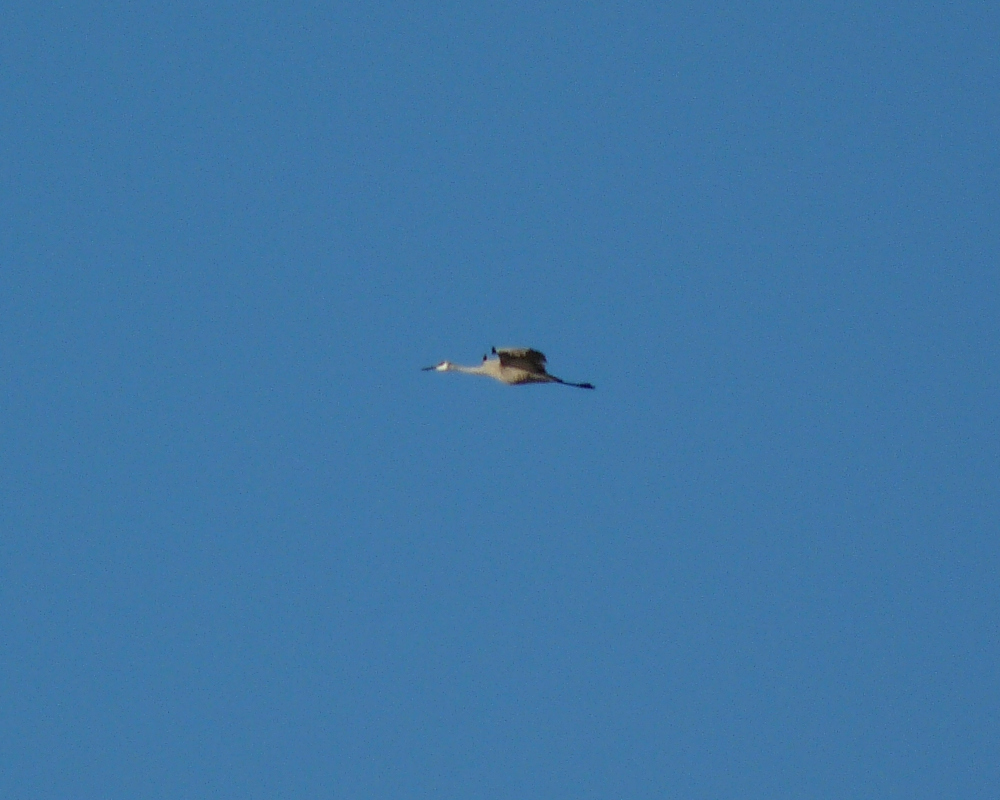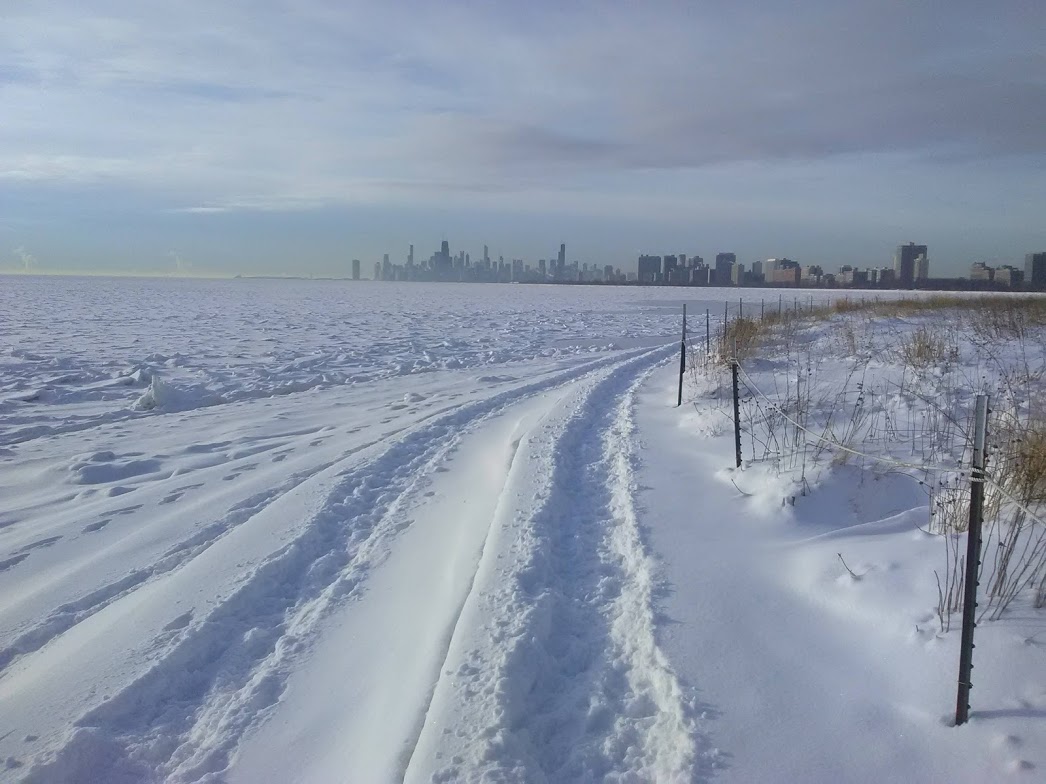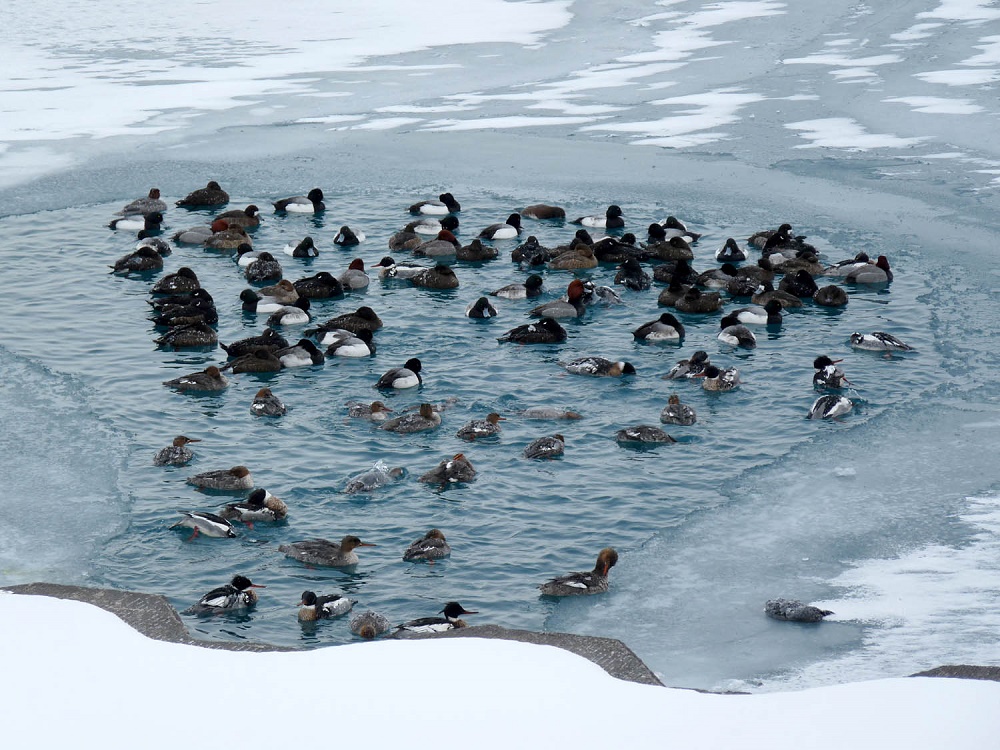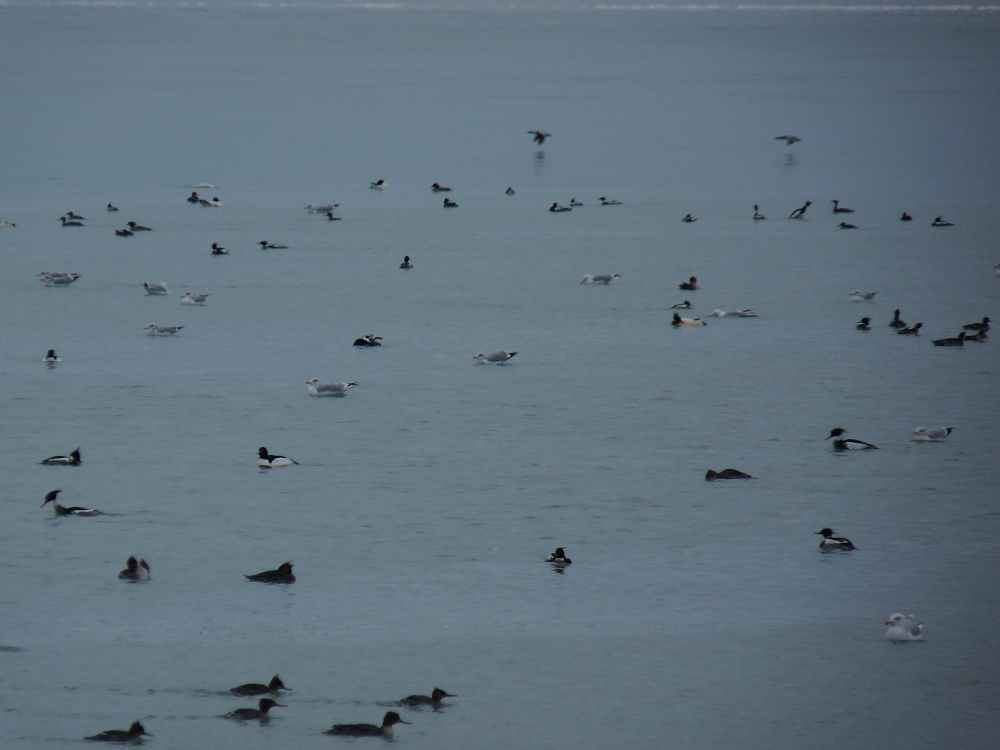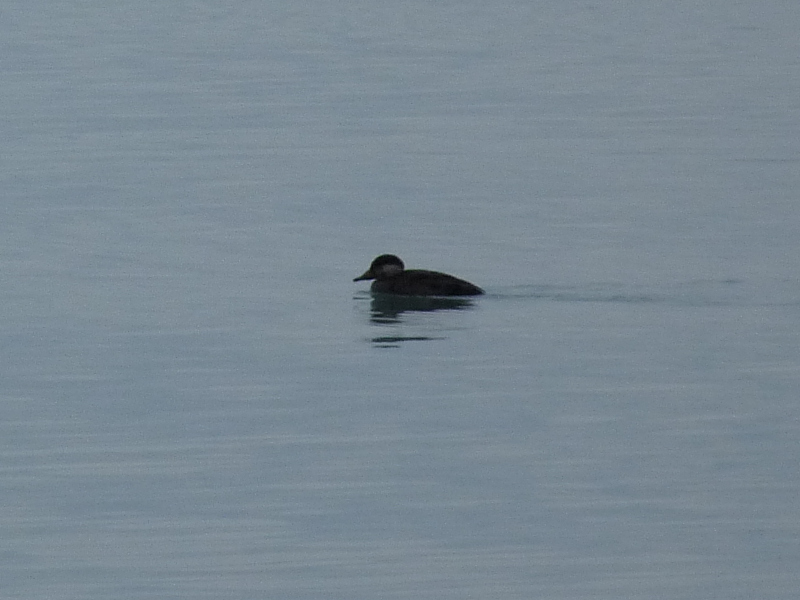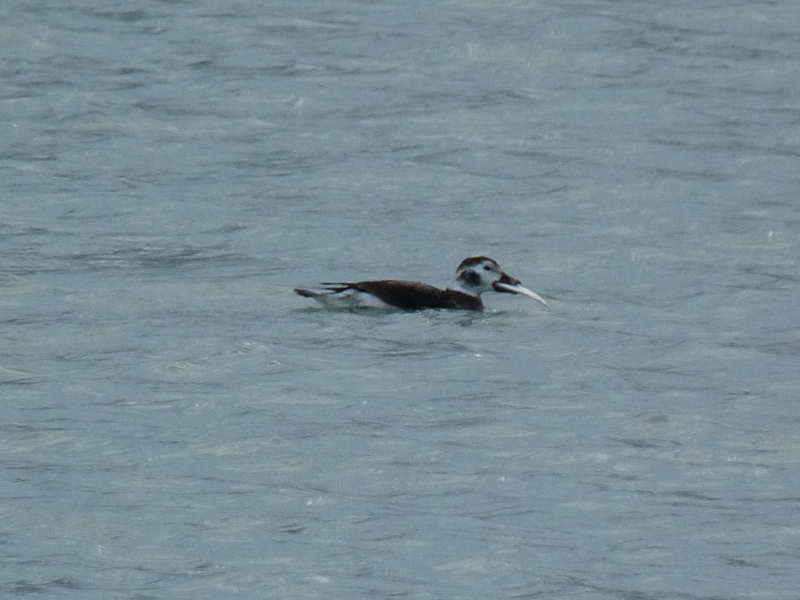A Sandhill Crane flew over Montrose Harbor on December 13. This is unusual for a couple reasons. Sandhill Cranes are uncommon migrants at Montrose. Their fall migration is usually a few miles west of us, so we miss most of them (see the recent November 22, 2021 Sandhill Cranes post for insight into this). Possible reasons for this scarcity include the intimidating wall of high rises along Lake Shore Drive and the lack of thermal formation over Lake Michigan. Sandhills are thermal seeking and thermal dependent during migration. These rising columns of warm air make flying long distances easier for them. If you’ve ever watched a group of Sandhills in flight you’ve probably noticed them wheeling and gaining altitude, looking for and finding thermals. Sandhills are also highly social birds, so seeing a lone crane is atypical. The Montrose bird looked lost and out of place, like it took a wrong turn and got separated from its friends.
2021/2022 Winter Birding Tips
Winter is the slow season at Montrose. It’s just a fact of life. You could consider yourself lucky and doing well if you saw 20 species there in a morning. As such, there are some things to do and birds to look for.
- This is shaping up to be a good winter for Snowy Owls. Though none have been reported from Montrose yet, several have been seen just to the north and south along Lake Michigan. The best places to check for Snowies are the beach and Dunes and on the fishing pier, especially after it ices over.
- The fruiting trees are hosting numbers of robins and starlings. That’s probably all you will see but there’s always a chance a more unusual frugivore will show up, like a Townsend’s Solitaire or Varied Thrush.
- The open waters of Lake Michigan and the harbor are attracting large numbers of ducks, mainly Red-breasted Mergansers, but as long as the water remains open, an unusual duck, loon, or grebe is possible. Don’t forget to check the harbor mouth too.
- Several expected sparrows have been turning up in the Butterfly Garden, especially towards the north end in the hawthorns. Where groups of common birds gather, something unusual may find its way.
As always, don’t forget to check the Montrose Point eBird Hotspot for current sightings.

